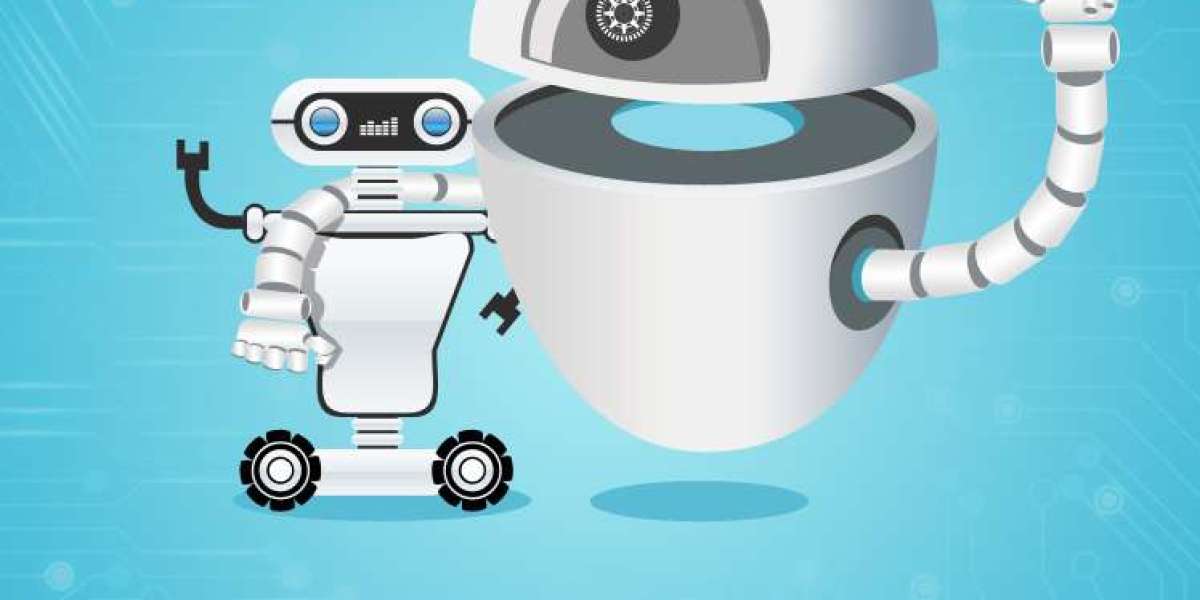article image source: commons.wikimedia.org (Link)
MIT Study Reveals AI Could Already Replace 11.7% of the U.S. Workforce

image source: commons.wikimedia.org
Artificial intelligence is no longer a distant future concern — according to a new study from the Massachusetts Institute of Technology (MIT), it is already capable of replacing 11.7% of the U.S. labor market. That figure translates to roughly $1.2 trillion in wages, touching industries far beyond Silicon Valley, including finance, healthcare, logistics, and professional services.
advertisement
A Digital Twin of the U.S. Workforce
The research team used a simulation platform known as the Iceberg Index, created by MIT in collaboration with Oak Ridge National Laboratory (ORNL). This tool models how more than 151 million workers perform tasks across 923 occupations, mapping over 32,000 skills throughout 3,000 counties in the United States.
ORNL’s Prasanna Balaprakash described the system as a digital twin of the American labor market — a virtual environment where researchers can observe how AI technologies affect real-world tasks and skills long before those effects show up in employment data.
Rather than predicting the exact timing of job losses, the index provides a skill-centered snapshot of what current AI systems can already do, offering policymakers a structured way to test “what-if” scenarios.
Visible Disruptions vs. Hidden Exposure
One of the study's striking insights is the difference between what the public sees and what is actually at stake.
The visible side — such as layoffs in tech and computing — represents only about 2.2% of wage exposure (roughly $211 billion).
But beneath that lies a much larger portion of the labor market that could be disrupted: routine tasks in HR, logistics, finance, and office administration. These areas tend to receive less attention in AI debates, yet they collectively account for the majority of the $1.2 trillion exposure estimated by the researchers.
Impact Across All 50 States
The study challenges the idea that AI’s impact is concentrated in coastal tech hubs. The simulations show that vulnerable occupations are dispersed across the entire country — including inland and rural regions that are often left out of national AI conversations.
This nationwide spread is one reason why states such as Tennessee, North Carolina, and Utah partnered with MIT to run early simulations and validate the model with their own labor data.
Policy Experiments at the Local Level
State leaders are increasingly turning to the Iceberg Index to support AI workforce planning:
Tennessee has already incorporated the model into its official AI Workforce Action Plan.
Utah is preparing a similar report based on the same modeling.
North Carolina officials emphasize the value of the index’s hyper-local detail. According to State Sen. DeAndrea Salvador, policymakers can examine impacts down to the county or even census block level — identifying which skills are present, which are automatable, and how resulting shifts could affect local GDP and employment.
This level of granularity has become crucial as states launch overlapping AI task forces and explore multi-billion-dollar plans for workforce development.
A Tool for Planning, Not Prediction
The researchers stress that Iceberg is not intended to forecast which jobs will disappear next. Instead, it functions as an interactive sandbox where policymakers can safely test strategies — from adjusting training programs to evaluating how shifts in tech adoption could reshape local economies.
For states like Tennessee, where industries such as healthcare, nuclear energy, manufacturing, and transportation rely heavily on physical labor, the model also helps clarify where digital automation is less likely to displace workers in the near term. The focus, according to Balaprakash, should be on how robotics and AI assistants can strengthen these sectors rather than weaken them.
A Nation Preparing for the Next Workforce Era
Although Iceberg is still evolving, its early adoption signals a significant shift in how states prepare for the future of work. Rather than waiting for disruption to happen, governments can now experiment, simulate, and adapt ahead of time.
As Salvador puts it, the goal is to encourage leaders to “get in and start trying out different scenarios.”
Conclusion
The MIT Iceberg Index offers a rare, detailed view of how artificial intelligence may reshape American jobs — and it does so at a moment when states urgently need clarity. While some industries face substantial exposure, the study emphasizes nuance: AI’s impact is uneven, skill-based, and influenced by local economic structures.
But perhaps the most inspiring aspect of this research is its purpose. Instead of predicting a future defined by fear, the index empowers policymakers, businesses, and communities to prepare thoughtfully. With tools like Iceberg, the transition toward an AI-enhanced economy becomes less about uncertainty and more about opportunity — a chance to build an adaptable, resilient workforce ready for the innovations ahead.
Sources
CNBC News – MIT study finds AI can already replace 11.7% of U.S. workforce:
https://www.cnbc.com/2025/11/26/mit-study-finds-ai-can-already-replace-11point7percent-of-us-workforce.html
Thank you !








